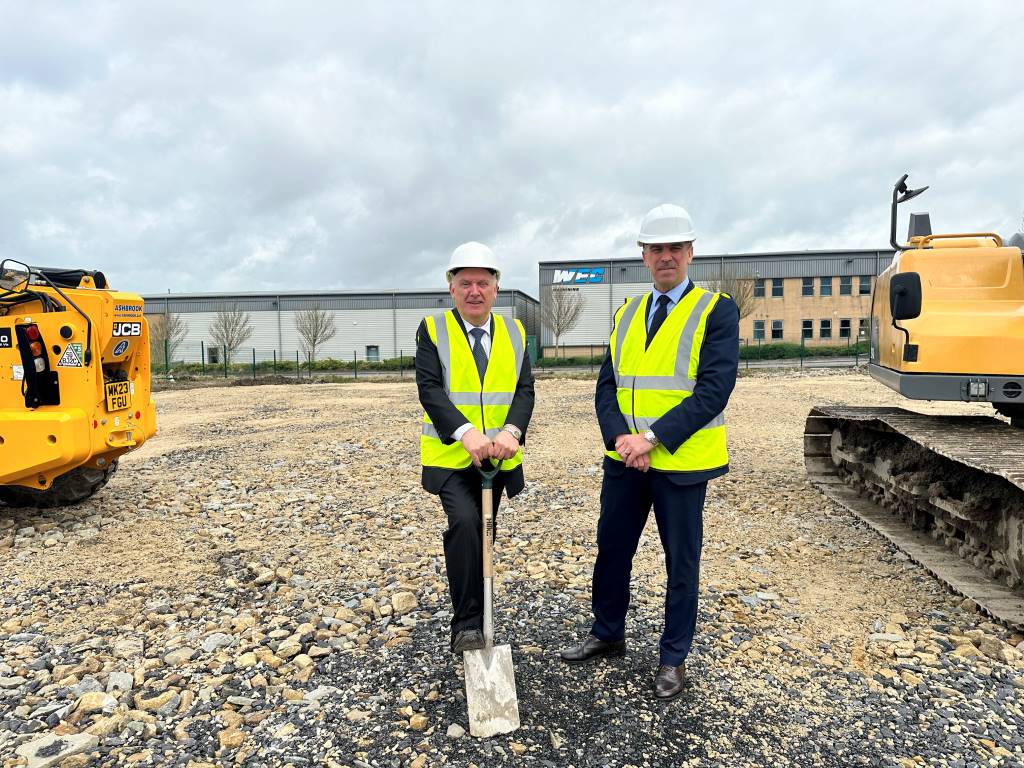Ceratizit embraces new cutting-edge technology

Only those that adopt advanced tooling solutions can remain competitive in the long-term. For this reason, engineers at the Ceratizit production site in Besigheim, Germany have adopted High Dynamic Turning (HDT) technology and FreeTurn tools in the production of their high-quality tools.
Since its unveiling at AMB 2018, the HDT process has made quite an impact in the machining world. By using the milling spindle in turn-mill centres, the cutting angle of Ceratizit’s dynamic FreeTurn tool can be adjusted 360° for optimal use in every position of the workpiece.
This creates several interesting opportunities: the flexible machining of almost any workpiece contour is possible and also chip breaking can be optimally influenced. It is even possible to achieve higher feed rates and tool life with optimum stability as additional positive benefits of using the dynamic turning method.
Presenting a turning tool to the workpiece using a milling spindle at first sounded like science fiction to traditionalists, but it is now a reality. The new process and the dynamic FreeTurn tools are now being adopted by more and more manufacturing companies.
Dr Thomas Ledermann, production manager for special tools at the Ceratizit tool manufacturing location in Besigheim was keen to put the new turning process to the test: "Here in Besigheim we produce tools of the highest quality and use highly optimised processes. The possibilities offered by High Dynamic Turning and FreeTurn really appealed to us. Therefore, we decided to implement the turning process to test whether it really does live up to expectations.”

The possibility of a reduction in tools used was particularly appealing because of the fact that a single FreeTurn indexable insert can be used for various turning applications. For Dr Ledermann, this capability alone is a good argument for switching to HDT as it saves considerable tool costs.
“The most obvious advantage of HDT and FreeTurn are the tool cost savings. Where we conventionally needed several tools for roughing, finishing, contour, face, and longitudinal turning, we now only need one dynamic FreeTurn tool,” adds Paul Höckberg, product manager for turning at Ceratizit, who assisted with the changeover at Besigheim.
“However, after evaluating FreeTurn at Besigheim, we quickly realised that this is not the only advantage. In terms of process speed and energy efficiency, the dynamic turning process was ahead of conventional machining.”
He continues: “The initial machining at Besigheim was conducted on a DMG Mori CTX beta 1250 TC as it fulfils all the requirements for turning in a highly dynamic manner. “This machining centre is commonly used in the marketplace and HDT ready, confirming that many manufacturing companies are already equipped to adopt FreeTurn technology.”
The component chosen, a base body of an indexable insert drill, was then optimised and programmed using the Siemens Sinumerik 840d controller and 5-axis simultaneous cycle software from Open Mind. The results proved to be “astonishing.”
“As expected, we were able to reduce the number of tools required: instead of three different tools, we now were able to manufacture the component with a single FreeTurn tool,” says Dr Ledermann.
“But what really stood out was the cutting data. We processed the component with a cutting speed (vc) of 220m/minute, a feed rate of f0.48mm/revolution and an infeed depth of (ap) 4mm. For finishing cuts the surface speed increased to 400m/minute. FreeTurn proved itself to be a far superior alternative to our conventional tools,” he enthuses.
Paul Höckberg was also impressed by the result: “We knew FreeTurn was good – however we never thought it possible to drive such enormous cutting speeds in mild steel (X40CrMoV51)”. The switch to HDT and FreeTurn clearly paid off: we were able to save 2.25 minutes of production time, €3.53 production costs and 0.42kW/h of energy per component."
Due to this positive result, High Dynamic Turning and FreeTurn will certainly find its way into everyday production at Besigheim. Programming is carried out using Siemens NX CAD/CAM software, which is also ideal for HDT.
"We are looking forward to converting our production to High Dynamic Turning and FreeTurn to secure a significant competitive advantage," Dr Ledermann concludes.
Ceratizit UK & Ireland www.ceratizit.com














